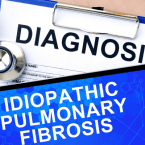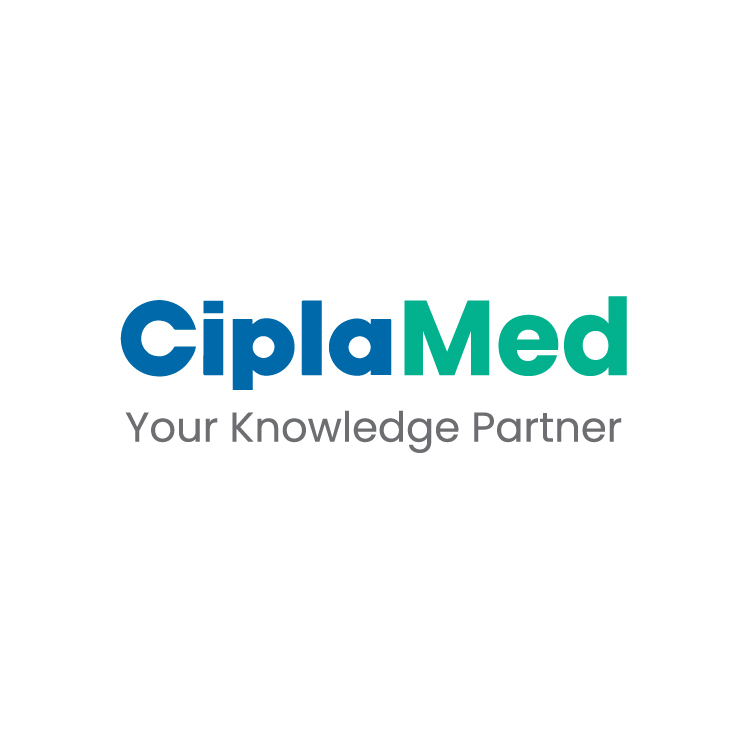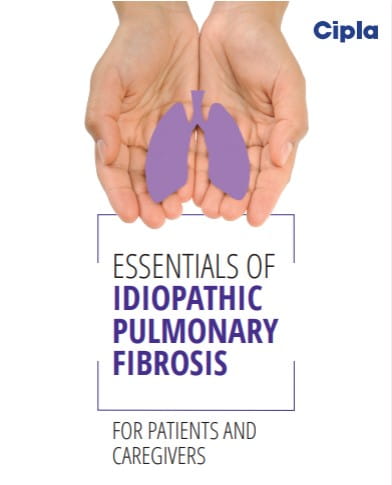ERS 2024: Treatment of Systemic Sclerosis-Associated Interstitial Lung Disease
Speaker- Antoine Froidure
Scleroderma, an autoimmune disease predominantly affecting young to middle-aged individuals, is characterized by skin thickening and blood vessel involvement, leading to Raynaud's phenomenon. The disease can impact multiple organs, with interstitial lung disease emerging as the leading cause of death among affected patients.
A 25-year-old man was diagnosed with diffuse scleroderma, initially presenting with normal lung function and minimal interstitial lung disease (ILD). However, his condition rapidly deteriorated, with significant decline in forced expiratory capacity (FEC) and lung diffusion capacity. Despite undergoing six infusions of cyclophosphamide followed by oral mycophenolate, his ILD worsened. As a result, he was enrolled in a clinical trial for nintedanib but was withdrawn due to a significant deterioration in his overall health. Pre-transplant workup and rehabilitation were then initiated, and Rituximab was added to his treatment regimen. Remarkably, his condition improved: systemic symptoms and pulmonary function tests stabilized, fibrotic lesions on chest Computed tomography (CT) regressed, and transplantation was no longer needed. This case highlights the complexity of managing scleroderma with evolving disease patterns and limited treatment evidence.
In scleroderma-associated interstitial lung disease (SSc ILD), distinguishing between inflammation and fibrosis is essential, as their balance varies with disease duration, severity, progression, and individual factors. Patient presentations range from cellular Nonspecific interstitial pneumonia (NSIP) with ground-glass opacities to fibrotic NSIP with significant fibrosis. Treatment effectiveness depends on this spectrum: immunosuppressives are suited for inflammation, while antifibrotics target fibrosis.
In managing a patient with newly diagnosed diffuse SSc ILD, presenting with shortness of breath and impaired lung function, the 2023 American Thoracic Society (ATS) guidelines recommend evidence-based treatments. These guidelines, developed using the Grading Recommendations Assessment and Development Evidence (GRADE) method, involved a balanced expert panel voting on various interventions. The panel focused on questions regarding single therapy versus combination therapy with antifibrotics and immunosuppressive drugs. For SSc ILD, the recommendations included options such as mycophenolate, cyclophosphamide (oral or intravenous), Rituximab, nintedanib, or a combination of these treatments, reflecting a nuanced approach based on the severity and specifics of the case.
The SSc ILD treatment guidelines were based on evidence from milestone studies, with RCTs specific to SSc ILD highlighted in green, broader studies in yellow, and recent meta-analyses in red. Trials varied in size, from small (30-40 patients) to large (over 500 patients for nintedanib). The guidelines recommended mycophenolate strongly, with other treatments like pirfenidone conditionally suggested, reflecting a cautious approach due to limited positive trials. Further research was deemed necessary to refine treatment recommendations.
Top of Form
Bottom of Form
Based on limited and varied evidence, the guidelines for SSc ILD gave importance to all randomized controlled trials equally, including small tocilizumab studies and larger nintedanib trials. This approach resulted in no drug ranking and insufficient ILD phenotyping, leaving clinicians with limited guidance. The guidelines highlighted the need for more robust research to refine recommendations and treatment strategies.
The American College of Rheumatology and Chest Physician guidelines for connective tissue disease-related ILD, including SSc ILD, recommended tocilizumab as a first-line treatment and advised against corticosteroids. Second-line options included various therapies, with stem cell transplantation suggested for select patients, though the evidence was limited. The American Thoracic Society and American College of Rheumatology guidelines needed clearer treatment guidance and ILD phenotyping, reducing their utility for clinicians needing specific recommendations.
In managing SSc ILD, the approach involves using mycophenolate as a primary treatment and closely monitoring mild ILD cases. Intravenous cyclophosphamide followed by mycophenolate may be used for severe, rapidly progressing ILD. Rituximab and tocilizumab are considered for both systemic and respiratory symptoms. Monitoring includes pulmonary function tests, and annual high-resolution computed tomography (HRCT) scans to reduce radiation. Disease progression guides treatment choices: antifibrotics like nintedanib for fibrosis and cyclophosphamide, Rituximab, or tocilizumab for inflammation. Non-pharmacological options like rehabilitation and, for select cases, lung transplantation are also evaluated.
Ongoing work was needed to address gaps in the treatment of SSc ILD, particularly for drugs like tocilizumab and Rituximab, which required dedicated prospective studies rather than relying on post hoc analyses or secondary endpoints. Similarly, the effectiveness of stem cell transplantation for ILD warranted specific investigation. Questions remained regarding follow-up and treatment duration, as it was unclear how long ILD-specific treatments should be administered—whether lifelong, five years or ten years. Additionally, the emergence of new drugs in phase two or three trials promises further advancements in treatment options.
As per the discussion, managing SSc-associated ILD involved closely monitoring HRCT for lesion extent and pattern changes, focusing on distinguishing between inflammation and fibrosis. Initial treatment often included immunosuppressants like mycophenolate, with nintedanib considered for added fibrosis once disease progression was evident. Mesenchymal stem cell transplantation and the combination of pirfenidone and nintedanib were deemed experimental and not recommended due to limited evidence. In cases of Usual interstitial pneumonia (UIP) pattern, early nintedanib initiation was favoured if local regulations permitted. For Carbon monoxide diffusing capacity (DLCO) decline, a 5% drop was used as a minimal threshold for further investigation, while a 15% decline indicated rapid progression.
European Respiratory Society Congress 2024, 7–11 September, Vienna, Austria.




